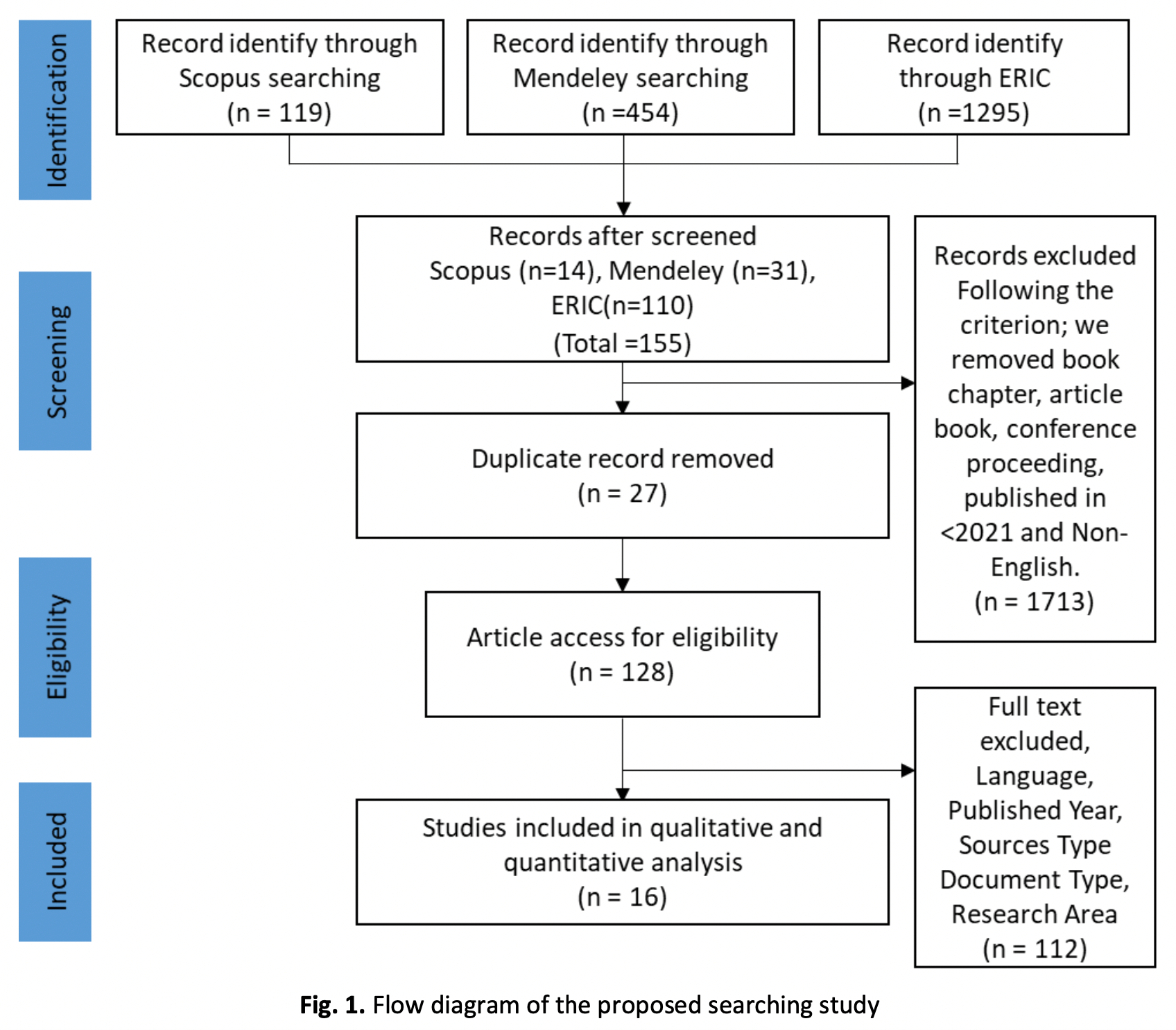ARTech Review: E-Learning of Visual Arts Education
DOI:
https://doi.org/10.37934/araset.33.2.4054Keywords:
E-learning, technology, visual art, teachers, studentsAbstract
The development of modern technologies, applying pedagogical principles, has enabled a new educational paradigm of teaching and learning in visual art. The basic task is to cultivate creative ability, human aesthetics, and appreciation. Using e-learning can encourage students to become more aware of themselves. Communicating and feeling connected to others are critical for students in online settings. The purpose of this article is to provide an overview literature in e-learning, art education, educational technology, and other education-related fields, to articulate: 1) what is currently known about online teaching and learning, (2) how the field has been conceptualized in the various research in education, and (3) what might be useful areas for future research. The database from Scopus, Mendeley and ERIC from the year 2020 – 2022 were used. This study employed the Preferred Reporting Items for Systematic Reviews and Meta-Analyses (PRISMA) approach to recognized standard for executing advanced systematic literature review to select articles and undertook thematic analysis to analyse the data. The review indicates that, the e-learning strategy depending on the teacher’s credibility and level of learner’s technology literacy. While the online learning experience in art education represent utilization of IT and multimedia in generating creative thinking skills and product innovation.
Downloads




























